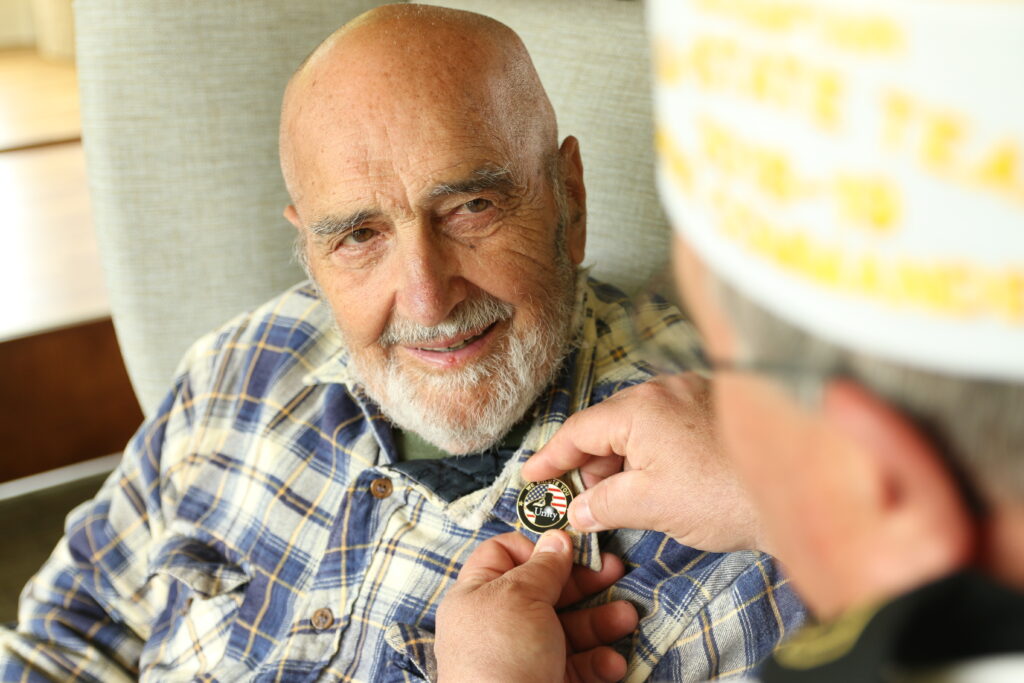Despite rate increases for some care levels, hospices would lose a dollar per patient, per day of routine home care under the U.S. Centers for Medicare & Medicaid Services (CMS) Fiscal Year 2020 proposed rule.
The agency has proposed a 2.7 percent cut in payments to hospice providers for routine home care. Corresponding 2.7 percent rate increases for continuous home care, inpatient hospice care, and inpatient respite care will not offset the reductions due to low volumes, according to analysis by the National Hospice and Palliative Care Organization (NHPCO).
For example, continuous home care represents approximately 0.2 percent of all hospice care days. General inpatient care has a 1.7 percent utilization rate, the highest among those three levels of care.
Routine home care represents 97.6 percent of all hospice care days.
“The cuts are about a dollar a day. The blow seems a little bit easier, because it doesn’t seem like that big of a drop,” Judi Lund Person, vice president of Regulatory and Compliance for NHPCO, told Hospice News. “But if you have a hundred patients and each of them is with you for 25 days, all of a sudden it turns into big money.”
If the rule becomes final, the per diem routine home care rate would fall to $195.65 per patient in FY 2020, down from the 2019 rate of $196.21.
The cuts were spurred by an Affordable Care Act requirement that the Secretary of Health and Human Services must make Medicare payment adjustments budget neutral. Because rates for the other three levels of care went up, the rate for routine home care had to come down. The agency decided to raise rates for those levels because the cost of providing them was higher than the reimbursement.
The cost of providing 24 hours of general inpatient care is $1,363.00, for example, but the current reimbursement rate is $997.00.
“CMS is rebasing rates for these three levels of care to align the costs with the reimbursement,” Lund Person said.
The low reimbursement rates caused serious problems for the three services that received increases. For instance, many hospitals would be reluctant to contract a hospice for general inpatient care if costs were exceeding reimbursements.
The NHPCO released a statement that raised objections to the cuts.
“The vast majority of care provided by hospices across the country is delivered at the Routine Home Care level,” said NHPCO President Edo Banach in the statement. “Reducing payment for the highest utilized level of care will hurt hospice organizations and their ability to provide care to persons and families facing serious and life-limiting illness.”
Despite these concerns, the news was not unwelcome for some in the industry. Organizations that provide more of the three care levels that received increases felt encouraged.
“Our programs provide more of the other levels of care, especially general inpatient care, because many of them operate their own inpatient units” said Mollie Gurian, chief strategy officer for the National Partnership for Hospice Innovation, told Hospice News. “We were excited to see CMS recognize that the costs of providing that care were not covered. We will have to see how that tempers against the routine home care cuts.”







